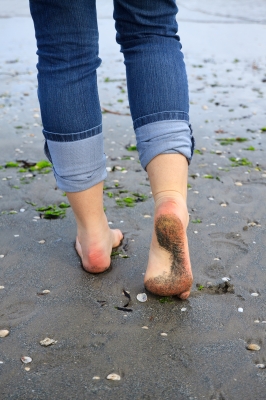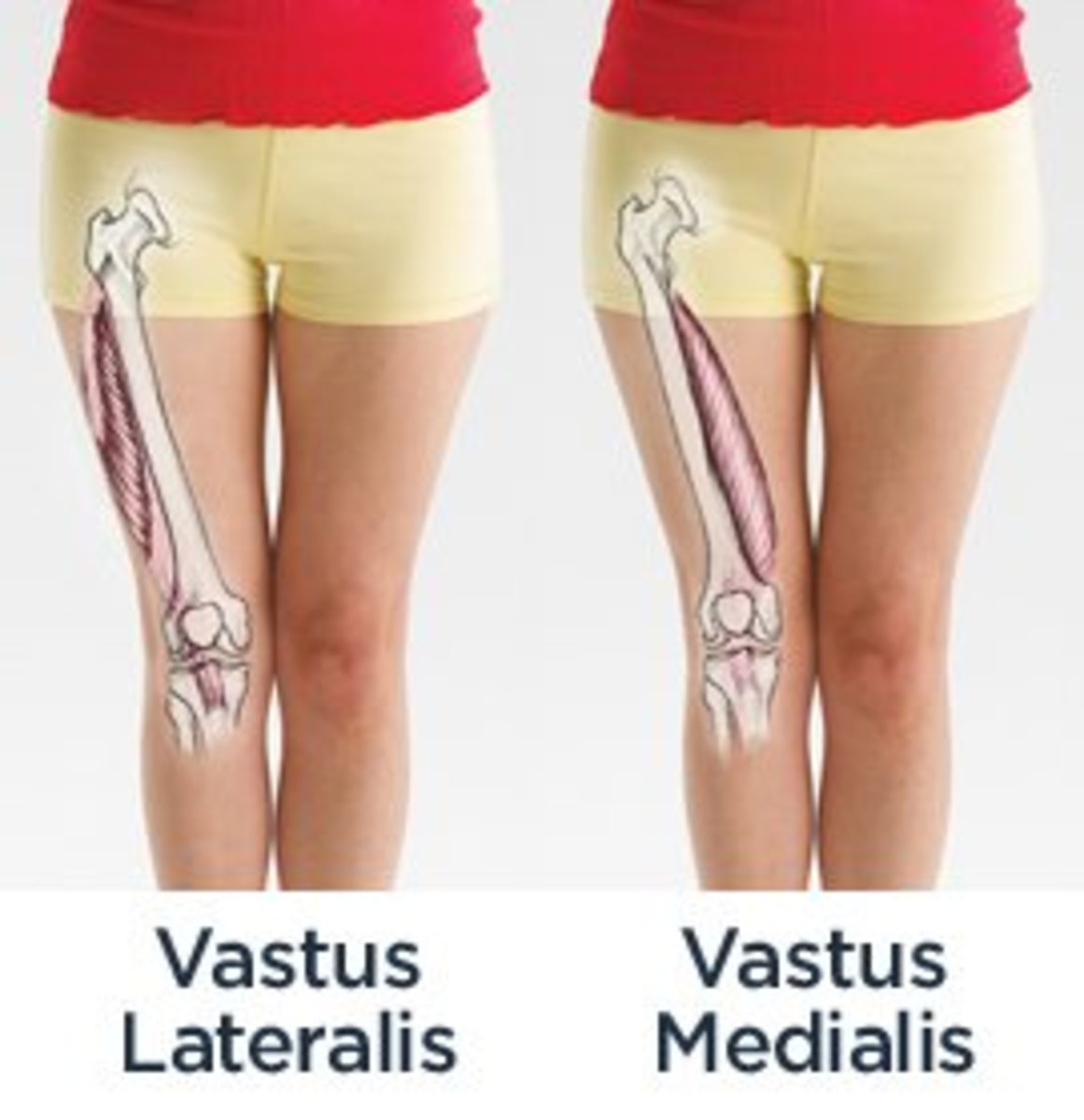Reasons to Wear a Pedometer and Tips for Getting Started

How many steps do you take in a day?
You likely don’t know the answer to that question, but wearing a pedometer is a great way to find out! As an added bonus, wearing a pedometer can motivate you to increase your daily physical activity and exercise. In fact, research shows that wearing a pedometer leads to increases steps.
Health experts recommend that people get 10,000 steps per day to maintain health. Yet, many Americans are getting less than 3,000 steps per day.
Increasing your daily activity does not mean having to buy a gym membership or to drastically alter your lifestyle. While going to the gym or going out for a walk or run are great ways to become more fit, there are simple, easy ways to increase your activity to reach the goal of 10,000 steps. A first step is learning how active you are and then moving more each day!
How many steps do you get each day?
What is Pedometer?
A pedometer, or step counter, is a small device you can clip onto your shorts or pants that counts every step you take during the day. Some simply count steps, while others have added features, like measuring the miles you’ve walked, calories burned, and stairs climbed. While some simple pedometers erroneously count “false” steps while missing some other forms of exercise, some more advanced pedometers are great at picking up other movements (e.g., biking, elliptical machine) that also count towards daily exercise.
What type of pedometer you purchase may depend on both your interest in various features and your budget - they range in price from a few dollars, up to $100 for the more advanced models. Call your insurance company to see if they will send you one. Also, some phones, like the Apple iPod Nano, feature integrated pedometers, and many others have apps that can be used.
Why Wear a Pedometer?
Research has shown that wearing a pedometer helps people increase their daily activity. How does wearing a pedometer help you be more active?
- It makes you more aware of your activity level. Many people are surprised when they first start wearing a pedometer about how many steps they are taking in a given day. Some lucky few may be surprised by how active they are (“I already have 2,000 steps and I haven’t even left the house?”). But, for the rest of us, we’ll be surprised in the other direction (“What? Only 4,000 steps and it’s already time for bed?”) Either way, being aware of how active you are can help you get ready to change your activity levels.
- It motivates you to be more active. A pedometer provides instant feedback! Take a walk around the block, walk up a couple of flights of stairs instead of using the elevator, or take the long way back from the bathroom to your desk and you’ll see the steps add up! It’s after dinner and you’ve only reached 6,000 steps? Time to go for a walk with your spouse!
- It helps you track your progress. While they can’t do all the work for you, pedometers can make it easier for you to track your progress. Some electronic devices, like the Fitbit, automatically uploads your daily activity to your computer (cool!) and resets itself each day. For others, you’ll need to manually record your daily steps. Either way, you will see evidence of your increased activity!
Tips for Getting Started With a Pedometer
Getting 10,000 steps per day may seem daunting, especially if you are not already active. However, every little step counts and every increase in activity level will help you improve your health. Here are some tips on getting started:
- Track your steps for a few days. Knowing where you are is the first step towards figuring out where you want to be. Spend a few days learning about your normal activity level. How many steps do you usually get? Are most days about the same?
- Start slow. Once you have a pedometer on, it’s tempting to try to get to 10,000 steps right away. If you’re already getting 6,000-8,000 steps, this might be do-able. But, if you’re at a lower activity level, start slow. Have a goal of increasing your steps by 100 steps per day That’s the equivalent of walking for 1-2 extra minutes per day! Before you know it, you’ll be increasing your number of daily steps by the thousands!
- Find a buddy. Having a friend involved in your new goal of increasing daily steps can be a great motivator. A buddy can share your goals, keep you motivated, and even go on walks with you.
- Walk it off. If you find that it’s the end of the day and you haven’t reached your goal, plan to go for a walk until you get to your goal. What better way to end the day than strolling with your spouse or a friend, or going for a solo walk to say goodbye to the day’s stress.
- Find natural ways to take more steps in your day-to-day life. Reaching a goal of 10,000 steps does not mean having to trudge to the gym every day. You can easily add steps into your day at home, while out and about, and at work. The idea is to move more as part of your regular daily routine.
Having a hard time getting in steps because you're taking care of the kids? Here are some tips for getting in more steps!
Step Equivalents
While walking or running is a great way to get exercise, there are many other ways to get in daily activity. If you have a more sensitive pedometer, it will pick up many other activities. But, for some pedometers, you’ll need to refer to a step equivalency chart to get a sense of how many steps an activity equals. Here are some examples:
Activity
| Number Steps/Minute
|
|---|---|
biking
| 116
|
dancing
| 131
|
gardening
| 116
|
shopping
| 70
|
light housework
| 72
|
raking leaves
| 125
|
running (12 mph)
| 242
|
Is a Pedometer Right For You?
Wearing a pedometer is a great way to increase your daily activity. Even if walking or running aren't your favorite activity, everyone moves during the day. A pedometer is a great way for you to gauge your normal activity level and to motivate you to move more to improve your overall health.
More Articles About Increasing Daily Steps
- Tips for Increasing Daily Walking Steps
Getting daily exercise is the key to good health. This article describes easy ways to add steps to your daily routine at home, while out and about, and at the office, without drastically changing your lifestyle. - Ten Ways to Increase Activity and Reach 10,000 Steps...
Getting daily exercise while caring for young children can be a challenge, but there are many ways you can get in extra steps by including your kids in different activities. This article gives 10 ideas for fun ways to get exercise with your kids and - Best Running Workout Playlist
Running to music has been scientifically proven to help your workout. Read here for the best running playlist, as well as tips for creating your own, personal playlist.








